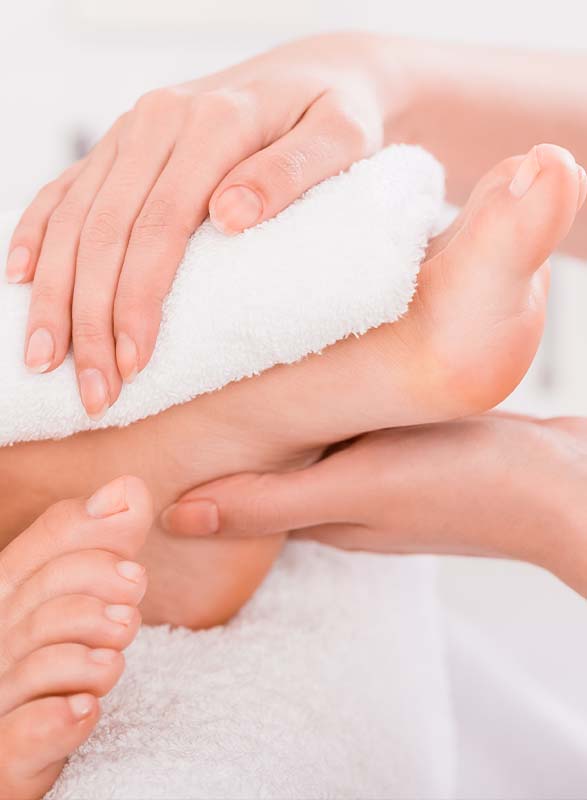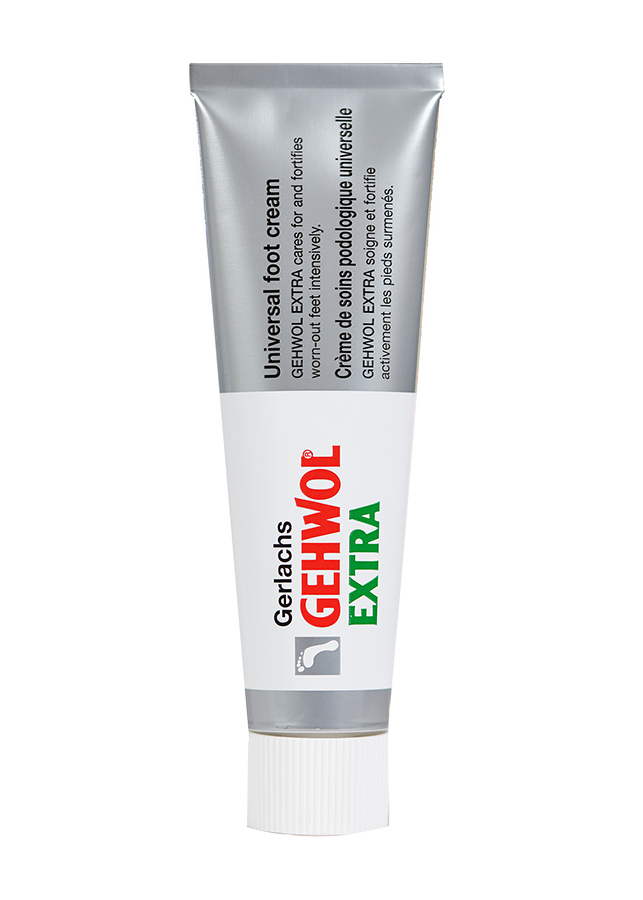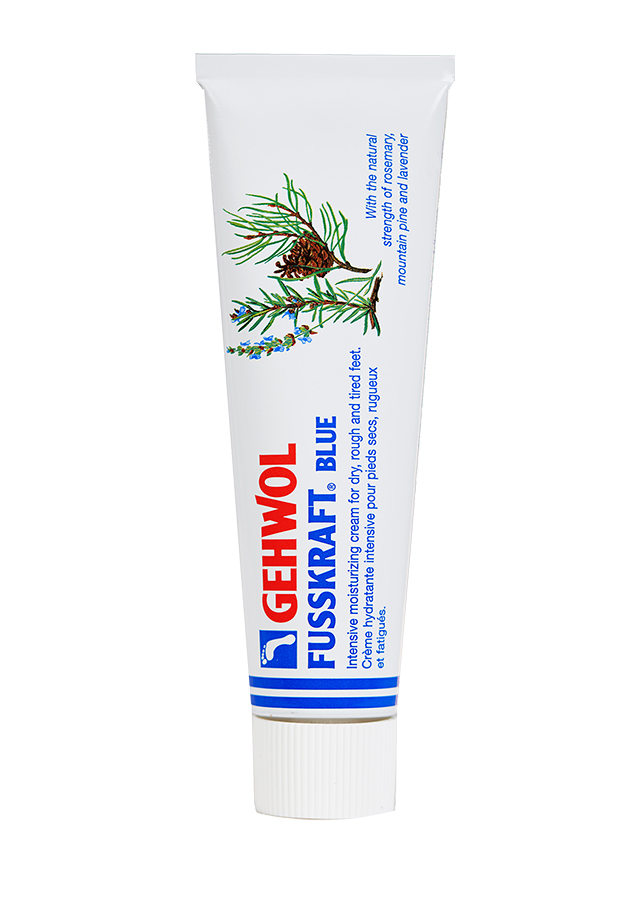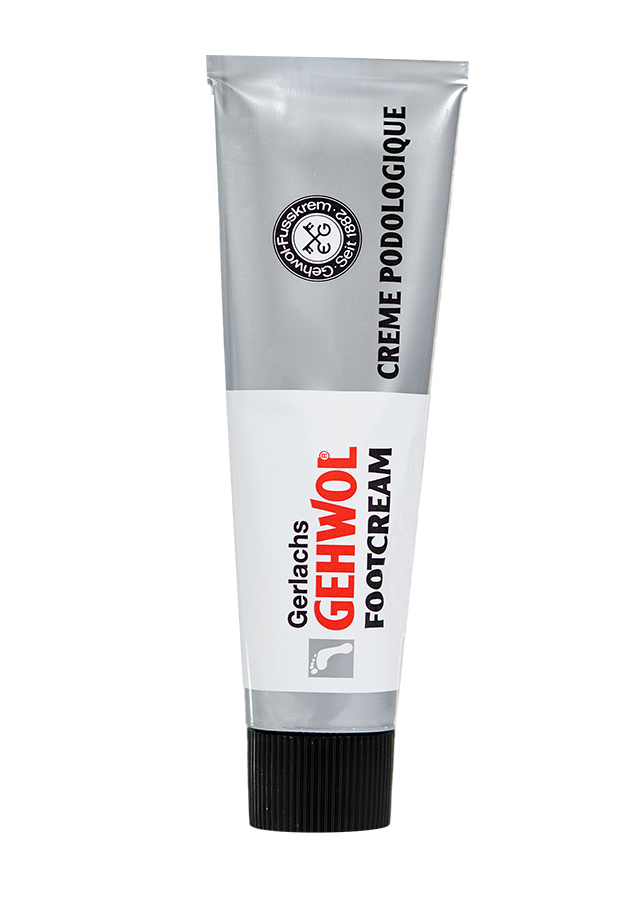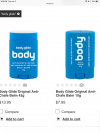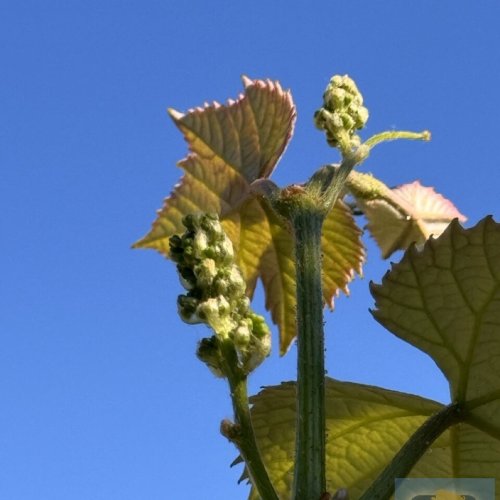PART TWO
Performance: Blister Prevention
The primary test was how the Engo Blister Patch performed with loose (baggy) socks. If the loose sock material rubbed against the skin of my feet, then that would create the conditions for Shear Force Friction, which is the key factor for blister formation.
I started out the testing period with brand new insoles, one which had the Engo Blister Patches applied, and a pair which did not have the Patches (Plain).
For the first 14 days, during hiking conditions mentioned above, I wore baggy socks. During the first 5 days, I first established how the baggy socks moved on my feet while wearing the ‘plain’ insoles - - the insoles
without the Engo Blister Patches installed. To prevent blistering, I applied Leukotape P to my feet whenever ‘hot spotting’ became noticeable.
It was quickly clear that the was significant movement of the sock as I hiked and walked using the plain insoles. The insole material ‘grabbed’ the extra material, forcing it to move. I would tighten my shoe’s laces and use various lacing patterns during the 14-day period to try and reduce that sock movement, with varying results. I found that however I tied the shoes, the loose-fitting socks would move against the skin.
Hot spotting would occur every time I hiked or walked during this testing period.
After I had established the baseline for sock movement over that first 5-day period, I swapped out the ‘plain’ insoles for the insoles which had the Engo Blister Patches applied. Other than swapping the insoles, everything else remained the same: same shoes, same loose/baggy socks, same shoelace tying patterns and tightness or looseness.
The difference in the movement of the socks against the feet was quickly noticed. There was a pronounced decrease in sock movements where the Engo Blister Patches were applied. There was still some small amount of sock movement. However, the amount of movement was not significant enough to create nearly the same level and number of hot spots on the feet. The next 9 days were spent trying to force as much movement from the socks as possible.
Even with the loose/baggy socks, it became obvious that the most decrease in sock movement happened when the shoes were tied a bit looser. This makes sense because has been known for a while now that the tighter a shoe is tied, the more likely that the insole of the shoe will force the sock to move against the foot. So even with the horribly loose/baggy socks, the combination of the Engo Blister Patches with a looser tension to the laces could eliminate blister causing hot spotting.
I found this same phenomenon with temporary applications of Engo Blister Patches to the heel and back collar areas of the shoes and replicating large amounts of heel movement. The blister prevention aspects were extremely positive.
Performance: Durability and Longevity
The cost of equipment is more than the purchase price. I evaluate the money value of my gear and clothing based on how many miles/kilometers it will last, not on its initial purchase price.
For example: I can buy a $60.00 backpack which works and feels adequate, but not great. It ends up nagging at me for the 600 miles it is usable before it breaks down. The real price of the backpack: 10 cents per mile.
Instead, I spend $225.00 on a higher-grade backpack. Better materials and construction. It feels great, it fits great, it is lighter, and it lasts me 5200 miles (about three years of use). Even though the initial purchase is greater, that backpack ends up being cheaper at .04 cents per mile.
For me, the same issue applies to Engo Blister Patches. Engo Blister Patches are
not cheap. If they must be frequently replaced, the amount of money spent would really add up to a chunk of cash. So, part of what I wanted to learn from testing was how long would one Engo Patch last under the hard conditions that I put my footwear through.
For assessing durability and longevity, the tools I used consisted of visual inspections, how the Patches felt to the touch, and how quickly their effectiveness degraded.
In order to effectively spot changes to the Engo Blister Patches, I would visually and tactilely (run my fingers over them) inspect them every 5th day of wear . . . a more frequent exam would have made it difficult to discern marked changes. Using a flashlight, I would look for wear patterns. I would then feel the material for roughness and wear, and for reductions in the Patch’s lubricity or ‘slipperiness’.
The enemy to the Engo Blister Patch is what I call a ‘Scrubbing Action’. The scrubbing action occurs with each step as the sock material rubs against the Patch. The sock material itself is an extremely light abrasive, but it is the particles of micro dust, dirt, and other debris which naturally gets into the footwear and embedded into the sock fibers, that accelerates the ‘scrubbing’ action.
Engo states that the Blister Patches will last up to 300 miles. At an average cost of $2.50 usd per patch, that makes the real cost about 0.8 cents per mile. What I found for MY usage is that a Patch would remain noticeably effective for about half that stated mileage. . . 125 to 150 miles. I found this to be the case before Camino and DURING Camino. That makes the real cost of the Engo Blister Patch to me of 2 cents per mile.
I have described the test conditions which I used for the Engo Blister Patches. Others will experience differences in the products longevity due to their own unique usage patterns. Factors, such as the overall weight of the person, will affect the lifespan of the product. But overall, the cost of the Engo Blister Patches is not out-of-line when compared to some other commonly used consumable anti-blister products . . .many of which do not work well unless very frequently applied to the feet, if even then.
Modification to Engo Blister Patches
When I was at the point for replacing my Engo Blister Patches for the second time from when I had started testing them, I was taking a two-day layover in Leon. I had walked from St Jean Pied de Port, and I was waiting in Leon for my son, Caleb, to join me.
I used the lodging’s hair dryer in the bathroom to gently heat up the old Patches in order to soften the adhesive for easier removal. I slowly peeled up the old Patch so that it didn’t tear the fabric of the insole. I then used a small amount of alcohol-based hand sanitizer on a cloth to gently remove any excess, old adhesive on the insole that was left behind. It was during this chore that I started thinking of ways to improve the longevity of the Patches, and perhaps their effectiveness a bit.
I decided that trying an application of an anti-chafing/anti-blister agent to the top of the Engo Blister Patches was worth a go. The problem was, what kind? Whatever was added must work in
concert with the Patches, not
replace the action of the Patches. The modification would also need to be harmless to the adhesive holding the Patches in place. The last major concern was that the modification not damage the ‘slipperiness’ of the top layer of the Patch.
After I found some Body Glide, and a Compeed Blister Stick at a local outdoor store, I had four different products to consider for the modification.
- Compeed Blister Stick
- Body Glide
- Hiker Goo
- 2Toms Sports Shield
Body Glide, Compeed Blister Stick, and Hiker Goo are products which act as a coating to the skin. The coating is supposed to reduced friction between the skin and the sock to prevent shear force friction and blisters. For a variety of reasons, I do not like these types of products for anti-blister prevention. They are, however, an anti-friction product worth considering for this test.
2Toms is also a skin application product, but it is significantly different than Body Glide, Compeed, and Hiker Goo and other coating-type products. 2Toms Sports Shield is a liquid that applies wet, and then quickly dries to a very slick coating which is far more durable than the Body Glide-type products. Another significant difference is that while the Body-Glide type products have a waxy-type film which can hold onto dirt and dust particles, 2Toms has no such waxy layer.
I verified the dust and dirt capture of Compeed Blister Stick, Body Glide, and Hiker Goo by separately applying several rows of the four products on different sheets of paper. After allowing the 2Toms product to dry – as it is the only liquid – I dumped a layer of dirt onto each sheet of paper, pressed on the dirt, waited for 5 minutes, then shook each sheet of paper over the waste bucket.
Much of the dirt fell off each sheet of paper. Because each sheet keeps some of the dirt smudging, I had to try and carefully distinguish that expected dirt smudging from dirt being held by the products themselves. When all was said and done, the waxy products still retained a significant number of small particles, while I didn’t see the 2Toms trap anything.
With the new Engo Blister Patches attached to my insoles and allowing a bit of time for the adhesive to set, I applied 2Toms to the Patches. Because I carry an extra set of lightweight insoles (the ones that came with the shoes), I put those insoles into my shoes for the rest of the day’s sightseeing of Leon, and set aside the ‘walking’ insoles aside to allow the 2Toms to dry and set.
Performance: Modified Engo Blister Patch
Bottom Line: 2Toms increased the usable life of the Engo Blister Patches for me by at least 100 miles.
The wear and performance of the 2Toms modified Engo Blister Patches were evaluated as compared to the unmodified Engo Blister Patches while on the
Camino Frances from Leon to Santiago de Compostela, and to the ending of the test at home on June 5, 2019.
There were two significant and interesting things that occurred with the modifications:
After the 2Toms application, I found the performance characteristics of the Engo Blister Patch lasted significantly more miles, and it also increased the desired performance for eliminating Shear Force Friction. Even though I was not wearing baggy socks but my usual Smartwool snug fitting socks, I found that I wanted to increase the tension to my shoelaces to make up for the socks sliding a bit more on the Engo Patches.
I do not know why, although I am sure the explanation is simple, but the application of the 2Toms induced a ‘squeaking’ noise when I would step off with my foot during walking. Or maybe it was just me
I began noticing a pattern to the squeaking which started occurring and started using it as a marker for when to reapply the 2Toms to the Engo Blister Patches. I made the connection - - which resulted in much laughter - - that when the ‘squeaking’ decreased in frequency, it was time to reapply 2Toms to the Patches. For me, an application would last for several days.
The very bottom line to this posted review: You are free to take from it what you will.
Last edited: Jun 7, 2021



